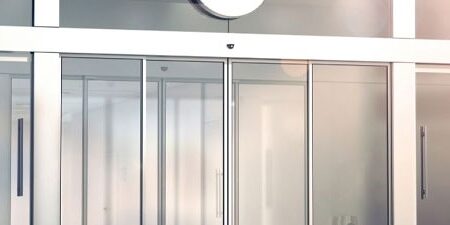Improving Security in Aluminum and Steel Work
It’s crucial to ensure safety when working with steel and aluminum. If adequate safety measures are not taken, workers are at serious risk due to the intrinsic nature of these substances, their weight, and the several procedures involved in their manipulation.
Ignoring safety precautions in this field might have disastrous results. Exposure to dangerous substances, such as metal dust and welding fumes, can lead to long-term health concerns and respiratory problems. People and institutions can proactively eliminate hazards, protect worker well-being, and establish and steel and aluminum safety environment for work by identifying and prioritizing safety.
Recognizing Risks in Work with Steel and Aluminum
Recognizing Possible Dangers
Determine and evaluate any job risks using steel and aluminum pergolas before putting safety precautions in place. This proactive strategy makes it possible to implement focused methods for effective risk mitigation. Through comprehensive risk assessments, experts can pinpoint particular regions of concern and provide customized safety procedures for steel and aluminum.
Typical Safety Risks When Working with Steel and Aluminum
Physical Dangers
A variety of risks associated with the physical characteristics of materials like steel and aluminum are referred to as physical hazards. Heavy loads, objects that fall, sharp edges, moving machinery, and the possibility of crush injuries are some of these risks. To prevent physical mishaps, it is crucial to use acceptable lifting techniques, use the right equipment, and establish clear protocols.
Chemical Dangers
Chemicals that are hazardous to employees’ health are used in the steel and aluminum industries. Possible chemical dangers include solvents used in welding, metal particles, and welding fumes. These compounds can cause respiratory problems, irritations to the skin, and long-term health concerns when inhaled or come into contact with the skin. The key to reducing chemical dangers is to use safe handling techniques, personal protective equipment (PPE), and adequate ventilation.
Dangers Related to Ergonomics
Ergonomic dangers in the workplace are linked to awkward postures, repeated activities, and poor ergonomics. Working with steel and aluminum frequently entails moving large objects, using machinery, and navigating tight areas. Extended exposure to these occupational risks may result in weariness, sprains, and musculoskeletal diseases. It encourages good posture and body mechanics, applies ergonomic ideas, and offers ergonomic equipment. It may lessen the possibility of ergonomic accidents.
Risks of Explosion and Fire
Workplaces involving steel and aluminum safety are susceptible to fire and explosion hazards because of the flammable materials, welding, cutting, and grinding operations. There are significant risks from flammable gases, heated work, sparks, and combustible dust. To reduce the risk of fire and explosion, it is crucial to put fire safety awareness campaigns, maintain a supply of firefighting equipment, handle explosive materials with care, and implement fire preventive measures.



